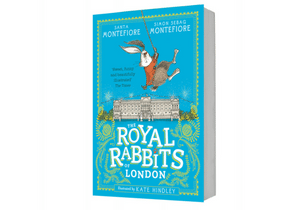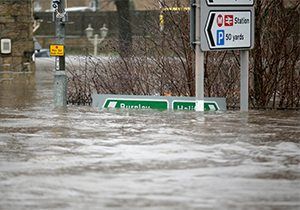
Handwriting: English primary resource
Explore the characteristics of different styles of handwriting
This primary resource gives children an opportunity to review their handwriting style.
Pupils will learn the characteristics of different styles of handwriting and consider what their own may reveal about their personality in our National Geographic Kids’ English primary resource sheet.
The teaching resource can be used in pair or group tasks for evaluating one another’s handwriting. The resource could be used as a printed handout for each pupil to work on individually, evaluating their own writing, or for display on the interactive whiteboard for class discussion.
Activity: Ask children to complete the task on the page, either in groups or pairs.
N.B. The following information for mapping the resource documents to the school curriculum is specifically tailored to the English National Curriculum and Scottish Curriculum for Excellence. We are currently working to bring specifically tailored curriculum resource links for our other territories; including South Africa, Australia and New Zealand. If you have any queries about our upcoming curriculum resource links, please email: schools@ngkids.co.uk
This English primary resource assists with teaching the following Key Stage 1 English (Year 1) objectives from the National Curriculum:
Pupils should be taught to:
- sit correctly at a table, holding a pencil comfortably and correctly
- begin to form lower-case letters in the correct direction, starting and finishing in the right place
- form capital letters
- understand which letters belong to which handwriting ‘families’ (i.e. letters that are formed in similar ways) and to practise these.
National Curriculum Key Stage 1 English (Year 2) objective:
Pupils should be taught to:
- form lower-case letters of the correct size relative to one another
- start using some of the diagonal and horizontal strokes needed to join letters and understand which letters, when adjacent to one another, are best left unjoined
- write capital letters and digits of the correct size, orientation and relationship to one another and to lower case letters
- use spacing between words that reflects the size of the letters.
National Curriculum Lower Key Stage 2 English (Year 3 & 4) objective:
Pupils should be taught to:
- use the diagonal and horizontal strokes that are needed to join letters and understand which letters, when adjacent to one another, are best left unjoined
- increase the legibility, consistency and quality of their handwriting [for example, by ensuring that the downstrokes of letters are parallel and equidistant; that lines of writing are spaced sufficiently so that the ascenders and descenders of letters do not touch].
National Curriculum Upper Key Stage 2 English (Year 5 & 6) objective:
Pupils should be taught to: write legibly, fluently and with increasing speed by:
- choosing which shape of a letter to use when given choices and deciding whether or not to join specific letters
- choosing the writing implement that is best suited for a task.
This English primary resource assists with teaching the following Literacy and English First level objectives from the Scottish Curriculum for Excellence:
- I can present my writing in a way that will make it legible and attractive for my reader, combining words, images and other features.
Scottish Curriculum for Excellence Second level Literacy and English objectives:
- I consider the impact that layout and presentation will have and can combine lettering, graphics and other features to engage my reader.
Download primary resource
More Like

Check out the magical new movie, Pete’s Dragon!

Check out The Royal Rabbits of London!

The Gods and Goddesses of Ancient Greece!









LEAVE A COMMENT
THANK YOU
Your comment will be checked and approved shortly.
WELL DONE,
YOUR COMMENT
HAS BEEN ADDED!
COMMENTS
CUSTOMIZE YOUR AVATAR